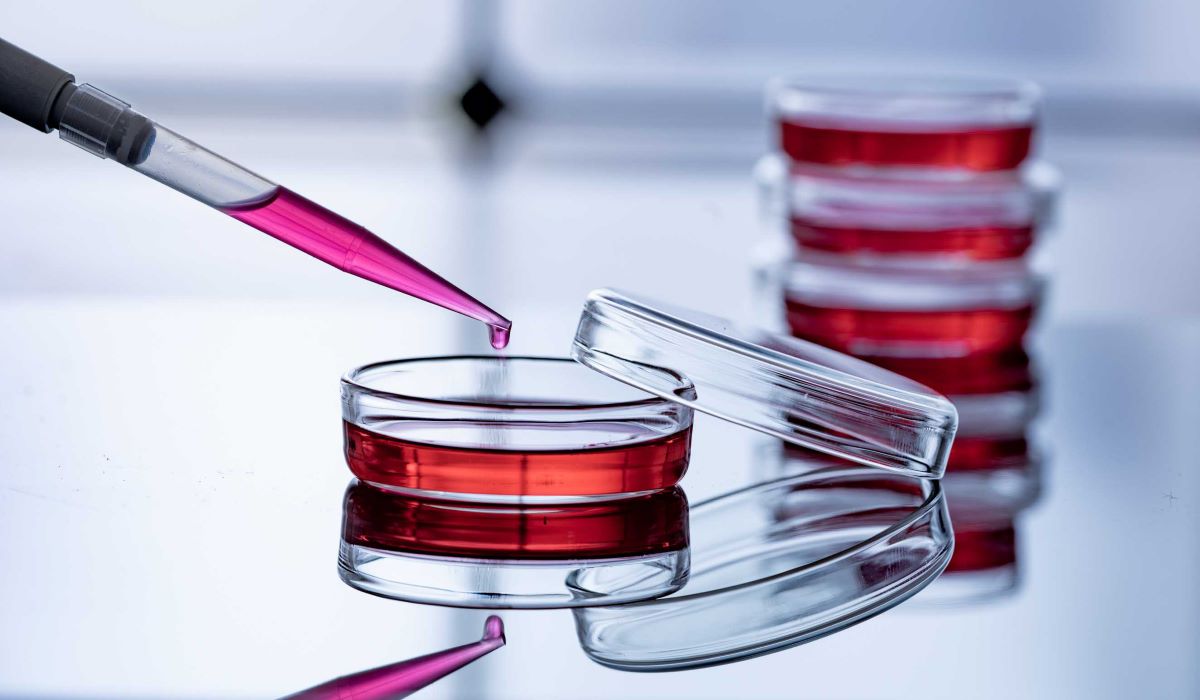ARTICLE SUMMARY:
Backed by government funding and huge unmet needs, COVID-19 has been an innovation and financial windfall for many diagnostics companies. The influx of resources will have post-pandemic ramifications for rapid and at-home testing, sample collection, and industry structure. An interview with Quanterix’s Kevin Hrusovsky.
COVID-19 created unprecedented opportunities for the diagnostics industry, raising its public profile, and changing its priorities to making convenience and access part of its business proposition. A glance at diagnostics manufacturers’ financials and deal activities tells just how much the landscape has changed: Many are sitting on hundreds of millions—and in some cases billions—of dollars in capital generated through “COVID-19” cash. The US government estimates that its Rapid Acceleration of Diagnostics (RADx) program has poured more than $1.2 billion into companies’ test development programs since it was established in 2020 to accelerate the technology development timeline, and that has been matched by an equal amount from private sources. The pace of growth has been dramatic for this mature, often under-the-radar industry (see Figure 1; also see “How COVID-19 Resources Will Shape the Future of Rapid Testing,” MedTech Strategist, March 25, 2022).
Early in the pandemic, large companies raced to meet urgent demand for molecular tests, placing high-throughput analyzers at unprecedented numbers in reference laboratories and large healthcare systems. These companies are now vulnerable to overcapacity issues and while in many cases their customers may be left with excessive numbers of instrument installations, the vendors face the challenge of replacing consumable revenue streams from COVID-19 testing, as demand for those tests ebbs and flows in response to pandemic surges. Even with the additional opportunities in workplace testing, long-term care facilities, and other outlets, the industry faces a shortfall in demand for centralized molecular COVID-19 testing compared with the peak of the crisis.

